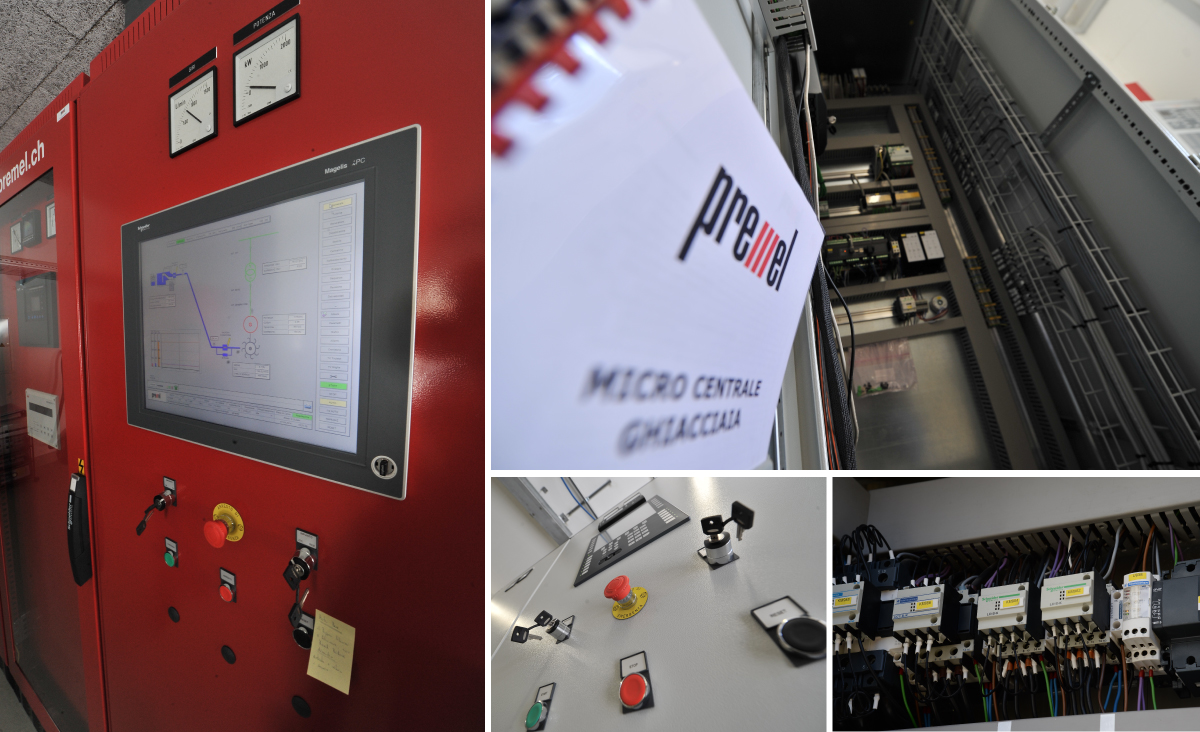Adequate water supply treatment has been a crucial issue for urban areas since Ancient Rome. Likewise, the quality of water is essential for the health of everyone consuming it, requiring efficient water treatment and purification systems. In this article, we’ll talk about how the equipment, such as the right electrical control panel components, is essential for the success of any project.
Specific Needs
Water treatment plants have great demand for electricity since most components of the treatment and purification process work on electricity only. Indeed, energy costs can represent about 33% of the operational expenditure (OPEX). It means that the entire architecture of a water plant must take electrical appliances and components to ensure safety and efficiency.
While large-scale plants are necessary for handling the demand of entire cities, industrial water treatment services are also necessary for some industries. When water is an ingredient in the production of food and beverages, companies must have their treatment and purification systems.
Water treatment facilities, large or small, also have specific machinery, such as an electric control panel board or an electric gate control panel. The most common purification methods for industrial purposes include filtration, dealkalization, nanofiltration, reverse osmosis, softening and ion exchange.
Equipment
The water treatment and purification process involve filtering and pumping systems for excavated water and UV disinfection systems. These equipment are controlled via an electrical PLC control panel, using relays and switches and automated processes.
A control panel in electrical engineering is a metal or plastic mould housing several components essential for electrical and mechanical processes. PLC stands for “Programmable Logic Controller”, and it’s a computer integrated into the control panel, managing factory machines and single and multiple networks.
Different Treatment Plants
There are water systems for supply and waste, and there are four different sizes of treatment plants for both options: autonomous, small, medium and large. The adequate size depends on the needs and expectations of the area served by such plants.
Autonomous systems can serve 1,000 to 10,000 inhabitants, while small plants can serve 10,000 and 100,000 people. Medium and large plants can handle between 100,000 and 500,000 and 500,000 and 1 million, respectively. Each plant also has specific power demands:
-
Autonomous plants: from 25 to 125kVA
-
Small plants: from 125 to 1,250kVA
-
Medium plants: from 1.25 to 5 MVA
-
Large plants: from 5 to 25 MVA
Different plants require different electrical engineering solutions, and there’s an electrical panel design for each. For supply or waste, water plants can use open medium voltage loops, double-radial architecture and double-radial feed.
The electrical supply’s distribution architecture depends on each plant’s size, power demand and expected output. An electrical panel upgrade is also required if the project aims to increase a plant’s output.

Points to Consider
Having the exact geolocation coordinates of all critical assets involved in the water plant is essential. Such coordinates should be precise, as they will be necessary for repair and maintenance services in the future. Before starting any project, it’s also important to consider if the electrical equipment is fit to keep adequate functioning of the plant.
Additionally, it’s essential to be aware of the location of critical infrastructure services, such as 911 centres and care facilities, as they require the restoration of their water services.
The concepts of redundancy and availability are also essential for understanding how each system works and when they’re best applied. Redundancy is about using two or more of the same kind of power supply in a way one can feed into the other in case of power outages.
Availability, in this context, concerns the probability that a power supply system keeps working under specific technical and environmental conditions. Systems that are more vulnerable to failures and outages have low availability.
Low Voltage Circuits and Configurations
There are different low voltage (LV) configurations depending on each plant’s size, output and power availability. Here are the five types of water treatment and purification plants.
Radial Single Feeder
This kind of system has no redundancy in case of power outages. It means that the level of availability of this system is minimal. Here, only one single source is connected to the load, which makes it one of the most straightforward solutions.
Interconnected Switchboards
When switchboards are at a reachable distance from one another, it’s possible to connect them via busbar trunking. Interconnected switchboards have better availability because they can transfer critical loads between them in the case of an outage.
Sheddable Switchboard
A sheddable switchboard is typically connected to a MLVS (Main Low Voltage Switchboard). This switchboard can also have a dedicated switchboard to connect to it and uses a simple disconnectable attachment.
Two-Pole
A two-pole power supply uses two transformers connected to the same main voltage line. They can also be connected parallelly to the same MLVS when transformers are near each other.
Two-Pole Variation
Another way to use a two-pole power supply is using two ½ MLVS with normally open links (NOs). When busbars fail or need to be shut for maintenance, the MVLS can be split into two parts and a NO.
Electrical Panels by Premel
Premel is a Swiss company specialising in power engineering, providing solutions for projects of all sizes in Switzerland and abroad. Premel doesn’t only provide machinery and resources but also trained technicians and engineers, assisting clients beyond sales.
With over 75 years of experience, Premel built a reputation for reliability and high-quality standards (ISO 9001) and applied them to engineering. Nowadays, Premel is one of the leading electromechanical equipment suppliers worldwide, providing not only the best machinery but also a team of highly trained professionals, from environmental engineers to maintenance services, like electrical panel replacement.
Premel develops and manufactures its electromechanical appliances for automation, water supply and also technology for medium voltage transformation, with different electrical panel solutions and electrical control panel wiring.
Premel can provide the means for the technological success of your project. Learn more about Electrical Panels and Switchboards from Premel.
